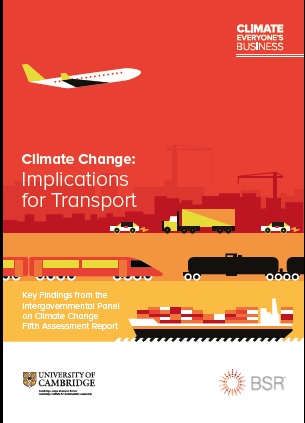The 20th Conference of the Parties (COP 20) of the United Nations Framework Convention on Climate Change will take place in Lima, Peru from 1st to 12th of December 2014. The SLoCaT Partnership would like to highlight transport and climate change themed publications launched by SLoCaT members during COP 20.
If you have a report on transport and climate change that you would like see highlighted by SLoCaT at COP 20 please contact Talya Enriquez Romano at talya.enriquezromano@slocatpartnership.org.
Land Transport’s Contribution to a 2°C target
By Bridging the Gap Initiative and the Partnership on Sustainable, Low Carbon Transport
The Bridging the Gap Initiative (BtG) and the SLoCaT Partnership have launched, a joint paper titled “Land Transport’s Contribution to a 2°C target”. The paper provides key messages for climate change negotiators and policy makers on the potential contribution of the land transport sector to global climate change mitigation strategies. The report summarises key facts on the mitigation potential in the land transport sector for both passenger and freight, institutional and global governance perspectives and financing requirements.
Please also see:
- Key messages from “Land Transport’s Contribution to a 2°C target” Report
- Short Summary of the “Land Transport’s Contribution to a 2°C target” Report
The Sustainable Transport on Course while Warsaw Wobbles Report presents a number of recommendations of actions to be carried forward by Bridging the Gap Initiative and the SLoCaT Partnership and the wider sustainable transport community, both related to the climate change agenda and the sustainable development agenda. Outreach to relevant Parties and organisations will be important within both areas. In terms of climate change, there is a need to build interest and awareness of the high mitigation potential of low carbon transport and forge stronger links with the ADP work stream 2 and sub-national groups.
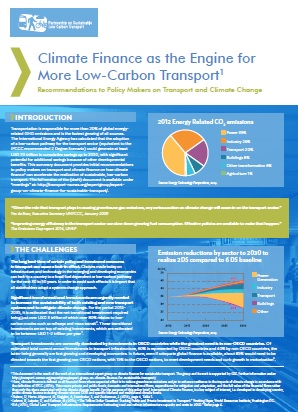
Climate Finance as the Engine for More Low-Carbon Transport
By Cornie Huizenga, Philip Sayeg, Laura Wuertenburger
Transportation is responsible for more than 20% of global energy related GHG emissions and is the fastest growing of all sources. The International Energy Agency has calculated that the adoption of a low-carbon pathway for the transport sector (equivalent to the IPCCC recommended 2 Degree Scenario) could generate at least USD 70 trillion in cumulative savings up to 2050, with significant potential for additional savings because of other developmental benefits. This summary document provides initial recommendations to policy makers on transport and climate finance on how climate finance2 can accelerate the realization of sustainable, low-carbon transport. For the downloadable version of the Executive Summary, please click here.
For full-text of the Draft Policy Brief, please click here.
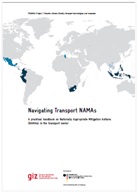 Navigating Transport NAMAs: A practical handbook on Nationally Appropriate Mitigation Actions
Navigating Transport NAMAs: A practical handbook on Nationally Appropriate Mitigation Actions
By GIZ & TRANSfer Project
Navigating Transport NAMAs is a practical handbook on Nationally Appropriate Mitigation Actions (NAMAs) in the transport sector. The handbook provides conceptual background information and practical guidance on transport NAMAs. Its objective is to facilitate the preparation and implementation of Nationally Appropriate Mitigation Actions (NAMAs) in the transport sector to increase the sector’s contribution to mitigate climate change. The handbook was developed over a period of several years in an iterative, participatory process closely linked to a broad range of activities of the GIZ TRANSfer Project, including a broad review process with a large group of NAMA practitioners.
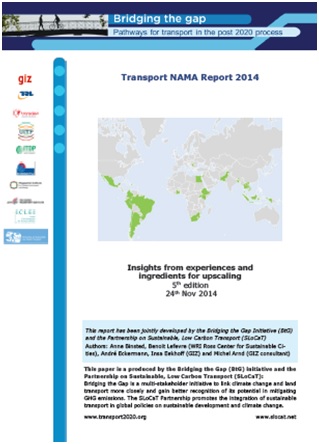 Transport NAMA Report 2014: Insights from experiences and Ingredients for Upscaling
Transport NAMA Report 2014: Insights from experiences and Ingredients for Upscaling
By Bridging the Gap Initiative and the Partnership on Sustainable, Low Carbon Transport
Transport NAMA Report 2014 report briefly explores the challenges with developing and implementing Transport NAMAs. Subsequently, the report provides recommendations for key stakeholder groups on how actors can contribute to increasing the scale of engagement with transport NAMAs, the impact of these NAMAs, and the time taken to progress from NAMA identification to implementation.
SLoCaT Results Framework on Sustainable, Low Carbon Transport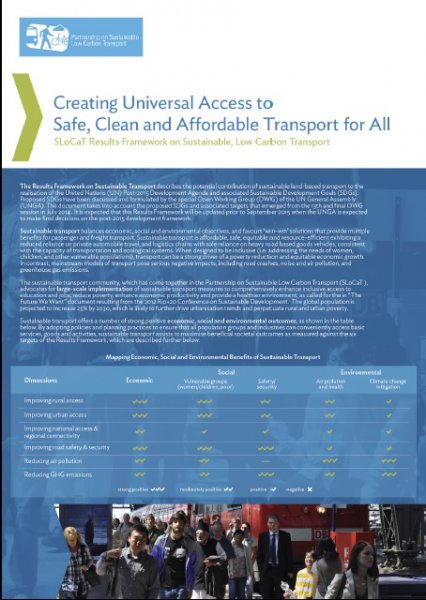
By Partnership on Sustainable, Low Carbon Transport
SLoCaT Results Framework on Sustainable, Low Carbon Transport defines the 2030 vision of the Sustainable Transport community on what should be achieved in terms of improving rural, urban as well as national and regional access to goods, markets, jobs and services while minimizing the negative impacts on road safety, air quality and climate change. The Framework consists of 6 targets (3 on access and 3 on negative externalities) supported by a series of indicators.
Please also see:
- Full-text of the SLoCaT Results Framework
- Executive Summary of the SLoCaT Results Framework
The Bridging the Gap Initiative has launched a series of factsheets since 2012 on sustainable, low carbon transport and climate change. The topics of the factsheets nclude, Avoid-Shift-Improve, Transport NAMAs, Technology, Examples from Low Emissions Zones around the world.
For full-list of the factsheets, please click here.
Climate Change: Implications for Transport
By BSR
This summary report distills the key findings from the recently released Intergovernmental Panel on Climate Change (IPCC) Fifth Assessment Report for the transportation sector—including road, rail, air, and shipping. The report reveals that the transport sector accounts for about a quarter of global energy-related carbon emissions—and without aggressive and sustained policy intervention, direct transport carbon emissions could double by 2050. It also examines the impacts of climate change and considerations by sector of the industry: road, rail, air, and ocean transport. The report is one in a 13-part series that translates the IPCC assessments for business leaders and also part of BSR’s Business in a Climate-Constrained World initiative.
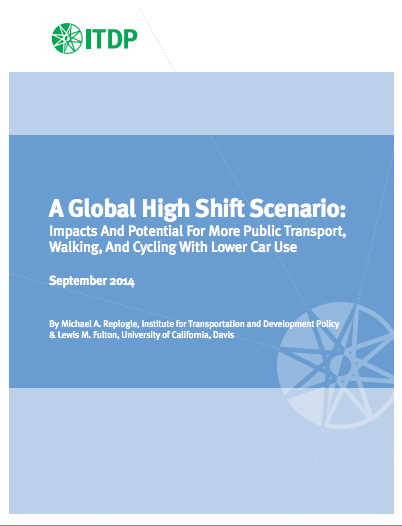
By Michael A. Replogle (Institute for Transportation and Development Policy) and Lewis M. Fulton (University of California, Davis)
More than $100 trillion in cumulative public and private spending, and 1,700 megatons of annual carbon dioxide (CO2)—a 40 percent reduction of urban passenger transport emissions—could be eliminated by 2050 if the world expands public transportation, walking and cycling in cities, according to a new report, A Global High Shift Scenario: Impacts and Potential For More Public Transport, Walking, And Cycling With Lower Car Use released by the University of California, Davis, and the Institute for Transportation and Development Policy (ITDP). Read more
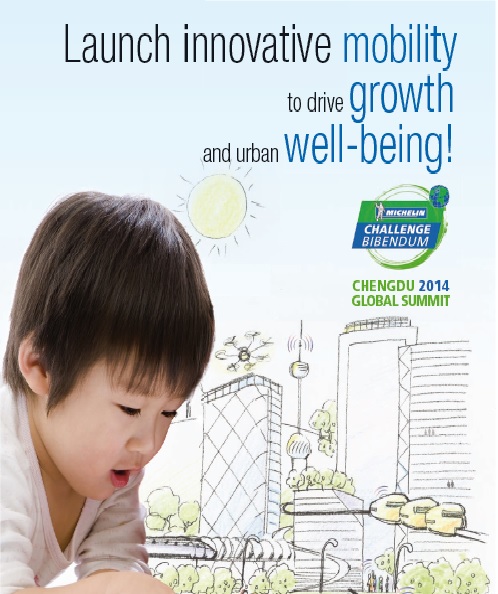 Green Paper, Launch innovative mobility to drive growth and urban well-being
Green Paper, Launch innovative mobility to drive growth and urban well-being
By Michellin Challenge Bibendum
The green paper was drafted by Michelin’s Strategic Foresight team with the active support of several consultants and academics. It defines what should be understood by sustainable mobility and highlights the priority paths to accelerate the transformations in this field.
Please click here to download the full text of the report.
 Cycling Works, Job and Job Creation in the Cycling Economy
Cycling Works, Job and Job Creation in the Cycling Economy
By European Cyclists’ Federation
“Cycling Works, Job and Job Creation in the Cycling Economy” study that quantifies the contribution of the cycling sector to job creation in Europe. The study makes a research-based assessment of the economic value of the cycling sector for the European economy, focusing on jobs and employment. This study is one of the first to undertake the challenge of quantifying cycling jobs at European level. We take into account multiple cycling-related activities such as bike retail, bicycle manufacturing, bike infrastructure investment, cycle tourism and bicycle services.
 State of Play: Green Freight in Asia
State of Play: Green Freight in Asia
The report was released at the Integrated Conference of BAQ 2014 and Intergovernmental 8th Regional EST Forum in Asia, held in Colombo, Sri Lanka. It presents the “state of play” on freight and green freight for Asia’s road sector in support of green freight efforts by industry, government and civil society.Asia is experiencing a vast growth in freight movement due to economic expansion, globalization of markets and urbanization. One of every two trucks worldwide is sold in Asia, and China and India alone will build half of the world’s new roads until 2050.
The full text of the report can be downloaded from the SFC website in here.
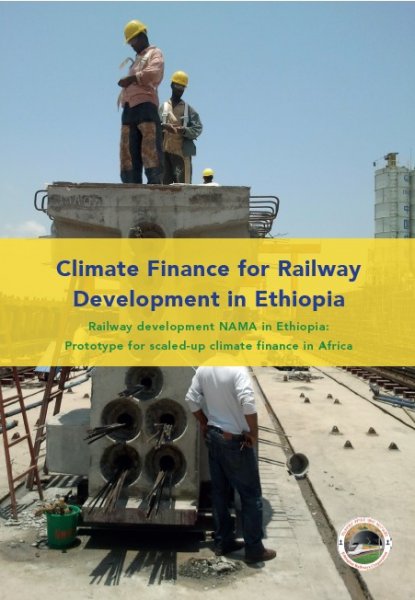
Ethiopia is undertaking two ambitious clean transportation projects to support its 2025 national target of becoming a middle-income country while keeping GHG emissions rise in check: The National Railway Development Plan and the Addis Ababa Light Rail Transit (LRT) project. Both projects are key pillars of the transport chapter of Ethiopia’s Climate Resilient Green Economy (CRGE), the widely acclaimed policy framework to consolidate greenhouse gas emissions of the country at 2010 levels while pursuing aggressive economic growth. Ethiopia has presented the CRGE to the world at COP17 in Durban and is now proposing the railway development NAMA as its first concrete implementation.
Please click here to download the full text of the report.
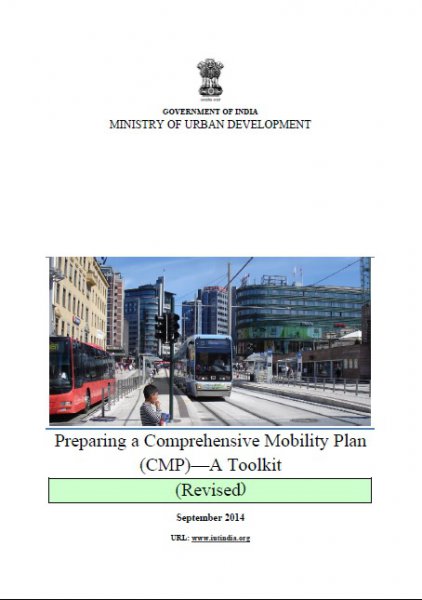
Preparing a Comprehensive Mobility Plan (CMP)—A Toolkit
By The Instiute of Urban Transport (India), The Ministry of Urban Development (MoUD) and United Nations Environment Programme (UNEP)
The revised toolkit has a clear focus on climate change and sustainable development and takes forward the process of integrating the actions necessary for the transport sector as per the “National Mission on Sustainable Habitat,” for which MoUD is the nodal ministry. The toolkit provides a clear guidance for integrating the inclusiveness agenda within the transport planning processes with a strong focus on integration of land use and transport bringing the CMP closer to the development plans/master plans of the city.
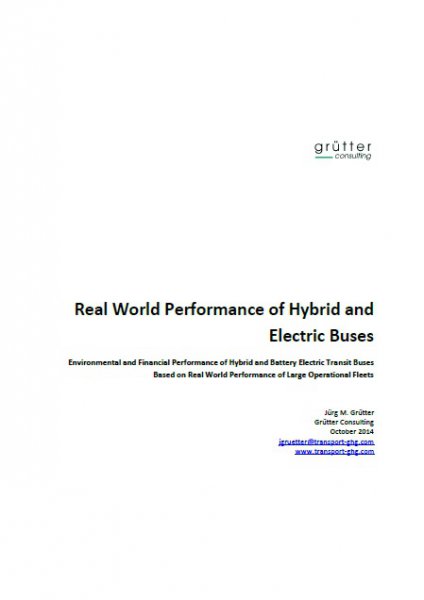 Real World Performance of Hybrid and Electric Buses
Real World Performance of Hybrid and Electric Buses
By Grutter Consulting
The report on “Real-World Performance of Electric and Hybrid Buses” prepared by Grütter Consulting brings for the first time actual monitored data of fuel consumption, CO2 emissions and economic profitability of large fleets of hybrid and electric buses. Bus fleets included are of Shenzhen/China with more than 1,300 electric and 1,800 hybrid buses, Zhengzhou/China with a hybrid bus fleet of nearly 3,000 units of which more than 1,000 units are plug-in hybrids including different sizes, diesel-hybrids, CNG-hybrids and LNG-hybrids (plus an electric bus fleet of more than 100 units), Bogota with the largest hybrid fleet of Latin America (500 units) and London with the largest European hybrid fleet. Data on fuel consumption and distance driven was recorded per bus on a monthly base.
Please click here to download the full text of the report.
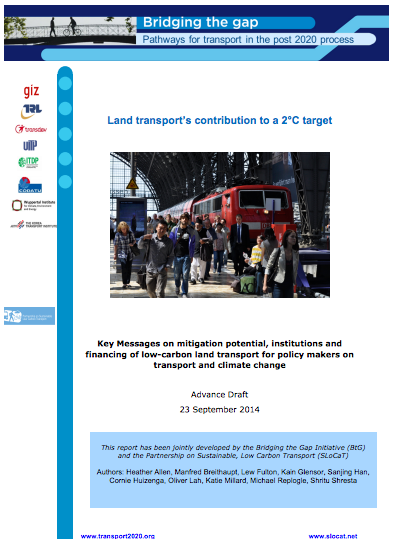
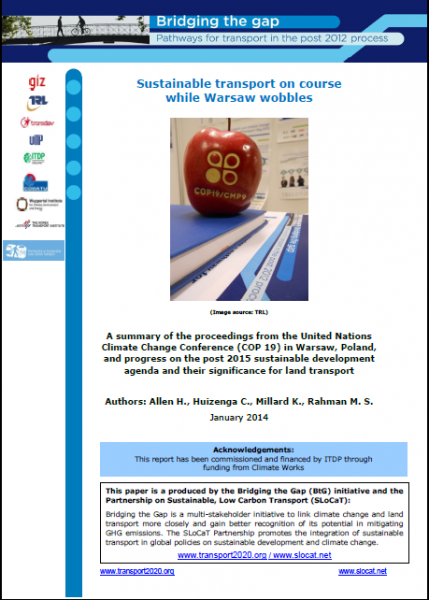
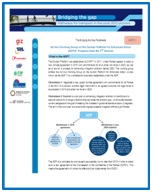 Bridging the Gap Fact Sheets
Bridging the Gap Fact Sheets